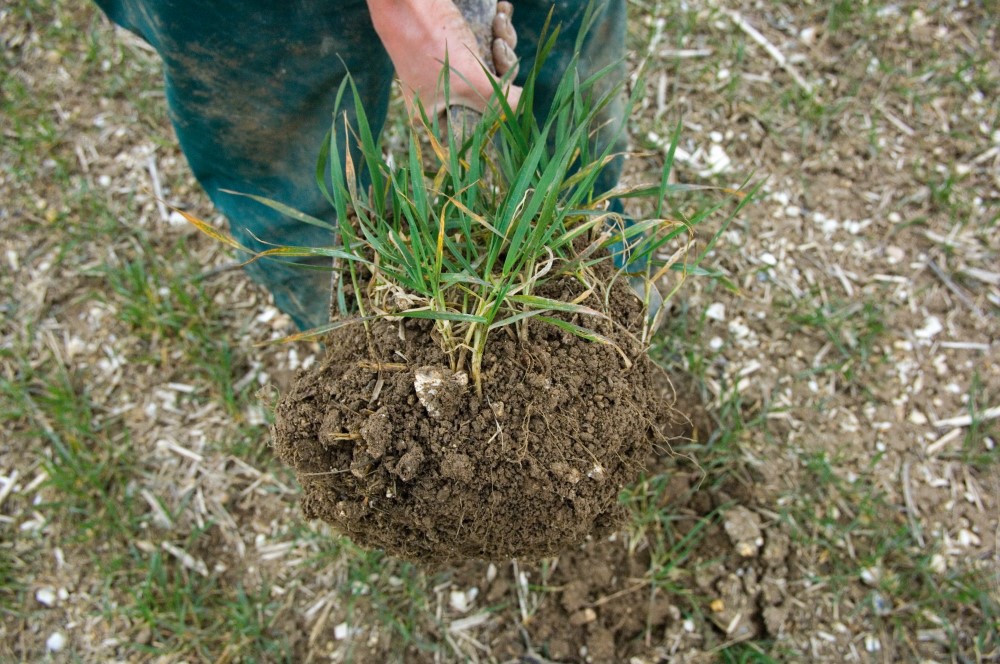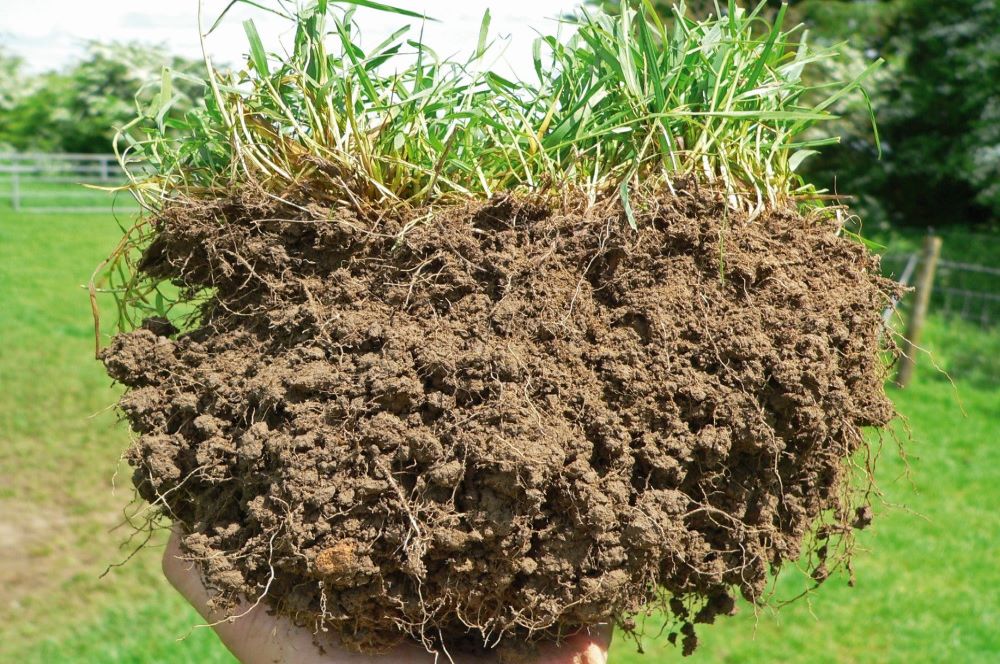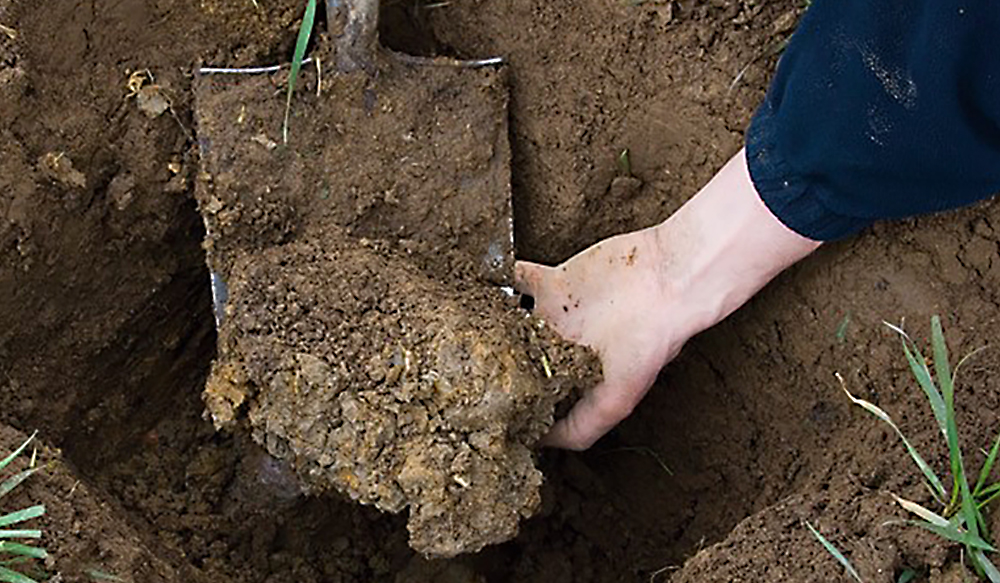- Home
- Knowledge library
- Soil porosity and structure
Soil porosity and structure
The pore spaces (gaps) between soil aggregates are the most important part of the structure, as these control the balance of oxygen and water available to plant roots and soil organisms.
Soil porosity
Maintaining good air-filled porosity is an important consideration in soil health management. As soils become compacted, the porosity decreases. Under wet conditions, air-filled porosity can become too small to allow adequate movement of oxygen into the soil, affecting crop growth.
Bigger (transmission) pores, in which water moves easily, are more than 150 μm in diameter (just thicker than a human hair). In topsoil, these pores are usually filled with air.
All pores can be blocked, disrupted, or diverted, due to natural processes and tillage operations.
As a rough guide, soil should always have at least 10% air-filled porosity.
Topsoil structure
Well-structured topsoil has small, rounded aggregates and a range of pore shapes and sizes that form a continuous network.
This allows good aeration, root proliferation (to access nutrients and water) and better drainage.
Good plant growth requires aggregates of 1–10 mm that remain stable when wetted.
Examples of well-structured topsoils in grassland and arable systems


© Environment Agency, thinksoils
Biological interactions
Plant roots and some soil organisms (sometimes called ‘ecosystem engineers’) move through the soil and change its structure (e.g. by moving soil particles and extracting water). In UK agricultural soils, earthworms are important engineers.
Because rooting has a major role in structure formation, cover crops or leys can help maintain or improve soil structure within the rooting zone.
Biological interactions have a central role in the formation and stabilisation of soil structure, together with a range of physical effects (drying-wetting) and the formation of chemical bonds in some soils.
Organic matter, clay and, in some soils, calcium and iron compounds can bind larger particles together. The strength of the bonds determines the stability of the soil and its potential to withstand wind and water erosion.
Subsoil structure
A well-structured subsoil has vertically orientated, often continuous, pores and fissures that are formed by physical shrink-swell processes and maintained by root and earthworm action.
Between these pores, the soil forms column-like structures. In clay subsoils, these may be single prismatic aggregates.
These columns give the overall soil profile strength. Strong soils are more resilient and can better resist damage by compaction.
Cultivations and restructuring operations need care to avoid weakening any natural column strength.
Self-structuring soils
Some soils, with clay or clay-loam textures, ‘self-structure’.
These soils contain specific clay minerals that swell when they absorb moisture and shrink when it is released. This occurs with smectite and vermiculite clays.
With regular inputs of organic matter, self-structuring is enhanced, especially in calcareous soils.
Useful links
How the soil pore network influences water infiltration
Read about the impacts of poor soil structure
Learn how to assess soil structure
Read the Principles of soil management guide
If you would like to order a hard copy of Principles of soil management, please use our online order form or call 0247 799 0069.
Have a question? Ask a member of the team:
.jpg)
Clay subsoil showing vertical fissuring

© Environment Agency, thinksoils

